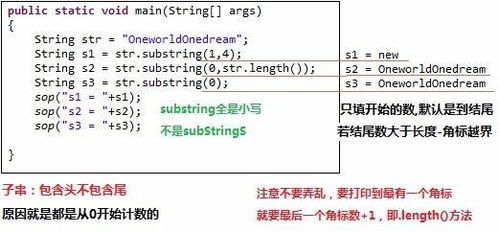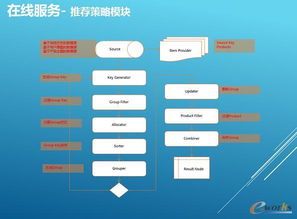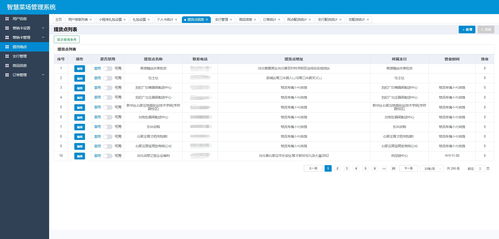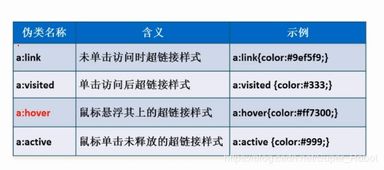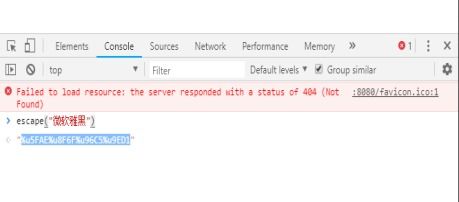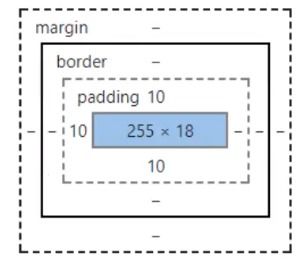python语法:Python语法精要,简洁高效编程的基石
本文目录导读:
Python以其简洁、清晰的语法著称,是初学者和专业开发者的理想选择,本文将系统梳理Python的核心语法要点,帮助您快速掌握这门强大而灵活的编程语言。
基础语法结构
变量与数据类型
Python采用动态类型系统,无需显式声明变量类型:
# 直接赋值 name = "Alice" age = 30 height = 1.75 is_student = True # 多变量赋值 x, y, z = 1, 2, 3
基本数据类型
Python支持多种内置数据类型:
- 数字:
int,float,complex - 序列:
list,tuple,range - 映射:
dict - 集合:
set,frozenset - 布尔值:
True,False - NoneType:
None
运算符
Python支持丰富的运算符:
- 算术运算符:, , , , , ,
- 比较运算符:, ,
>,<,>=,<= - 逻辑运算符:
and,or,not - 位运算符:
&, ,^, ,<<,>>
控制流结构
条件语句
# if-elif-else结构
score = 85
if score >= 90:
grade = 'A'
elif score >= 80:
grade = 'B'
else:
grade = 'C' 循环语句
# for循环
for i in range(5):
print(i)
# while循环
count = 0
while count < 3:
print("Hello")
count += 1
# 循环控制语句
for i in [1, 2, 3, 4, 5]:
if i == 3:
continue # 跳过当前迭代
if i == 4:
break # 终止循环
print(i) 函数与模块
函数定义
def calculate_area(radius):
"""计算圆的面积"""
pi = 3.14159
return pi * radius ** 2
# 默认参数
def greet(name, greeting="Hello"):
return f"{greeting}, {name}!"
# 关键字参数
greet(greeting="Hi", name="Bob")
# 参数解包
def add(a, b):
return a + b
print(add(*[2, 3])) # 等价于 add(2, 3) 模块导入
# 导入整个模块
import math
# 导入特定名称
from datetime import datetime
# 导入模块并重命名
import numpy as np
# 导入模块并执行初始化代码
import sys
sys.path.append("/my/custom/path") 数据结构
列表操作
# 列表示例
fruits = ['apple', 'banana', 'cherry']
# 基本操作
fruits.append('orange') # 添加元素
fruits.insert(1, 'grape') # 插入元素
fruits.remove('banana') # 删除元素
print(fruits[0]) # 索引访问
print(fruits[-1]) # 尾元素
print(fruits[0:2]) # 切片
# 列表推导式
squares = [x**2 for x in range(10)] 字典操作
# 字典示例
person = {
'name': 'Alice',
'age': 30,
'job': 'engineer'
}
# 基本操作
person['city'] = 'Beijing' # 添加键值对
del person['age'] # 删除键值对
print(person.keys()) # 获取所有键
print(person.values()) # 获取所有值
# 字典推导式
squares = {x: x**2 for x in range(5)} 异常处理
try:
result = 10 / 0
except ZeroDivisionError as e:
print("除零错误:", e)
else:
print("计算成功")
finally:
print("执行清理操作") 面向对象编程
类定义
class Person:
# 类属性
species = "Human"
# 初始化方法
def __init__(self, name, age):
self.name = name
self.age = age
# 实例方法
def introduce(self):
return f"我是{self.name}, 年龄{self.age}"
# 类方法
@classmethod
def from_birth_year(cls, name, birth_year):
age = 2023 - birth_year
return cls(name, age)
# 静态方法
@staticmethod
def is_adult(age):
return age >= 18
# 继承示例
class Student(Person):
def __init__(self, name, age, major):
super().__init__(name, age)
self.major = major
def study(self):
return f"{self.name}正在学习{self.major}" 文件操作
# 写入文件
with open("example.txt", "w") as file:
file.write("Hello, World!\n")
file.write("Python is fun!\n")
# 读取文件
with open("example.txt", "r") as file:
content = file.read()
print(content)
# 逐行读取
with open("example.txt", "r") as file:
for line in file:
print(line.strip()) 常用内置函数
# 常用内置函数
print(len([1, 2, 3])) # 计算长度
print(max([1, 2, 3])) # 获取最大值
print(min([1, 2, 3])) # 获取最小值
print(sum([1, 2, 3])) # 计算和
print(sorted([3, 2, 1])) # 排序
print(type(10)) # 获取类型
print(id("hello")) # 获取对象ID
print(dir()) # 查看当前作用域内的变量 Python语法设计哲学强调代码可读性和简洁性,通过上述核心语法要点的梳理,相信您已经对Python编程有了全面的认识,Python的语法优势使其成为数据分析、人工智能、Web开发等多个领域的首选语言,掌握这些基础语法将是您编程之路的良好开端。
如需进一步学习,建议通过实际项目练习,结合官方文档和优质教程,逐步深入Python的高级特性。
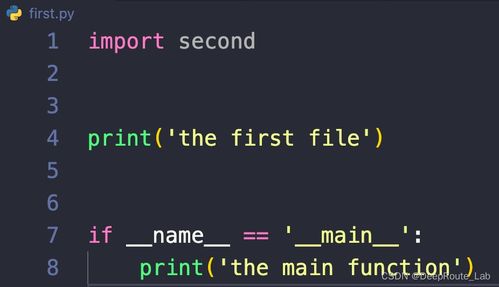
相关文章:
文章已关闭评论!

